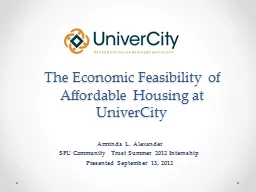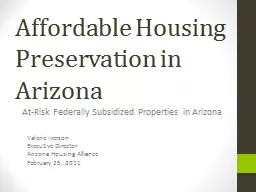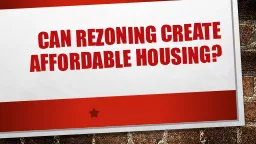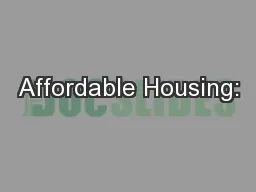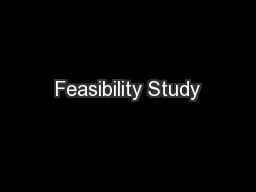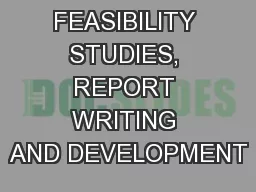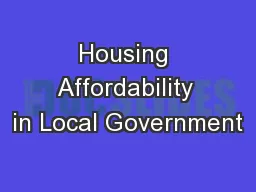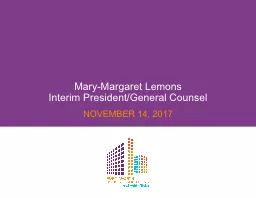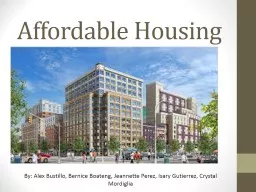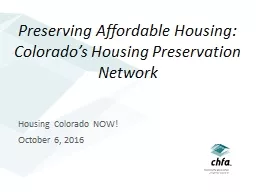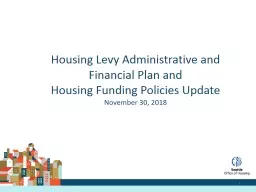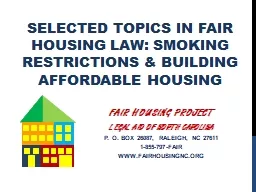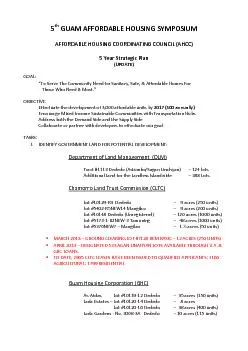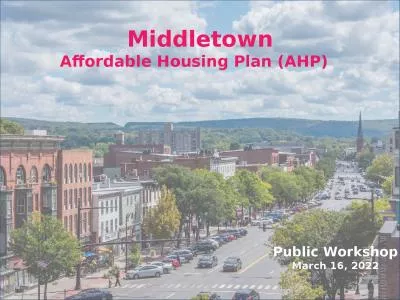PPT-The Economic Feasibility of Affordable Housing at UniverCit
Author : jane-oiler | Published Date : 2017-03-16
Arminda L Alexander SFU Community Trust Summer 2012 Internship Presented September 13 2012 Objectives of SFU Trust Internship To examine the economic feasibility
Presentation Embed Code
Download Presentation
Download Presentation The PPT/PDF document "The Economic Feasibility of Affordable H..." is the property of its rightful owner. Permission is granted to download and print the materials on this website for personal, non-commercial use only, and to display it on your personal computer provided you do not modify the materials and that you retain all copyright notices contained in the materials. By downloading content from our website, you accept the terms of this agreement.
The Economic Feasibility of Affordable Housing at UniverCit: Transcript
Download Rules Of Document
"The Economic Feasibility of Affordable Housing at UniverCit"The content belongs to its owner. You may download and print it for personal use, without modification, and keep all copyright notices. By downloading, you agree to these terms.
Related Documents

